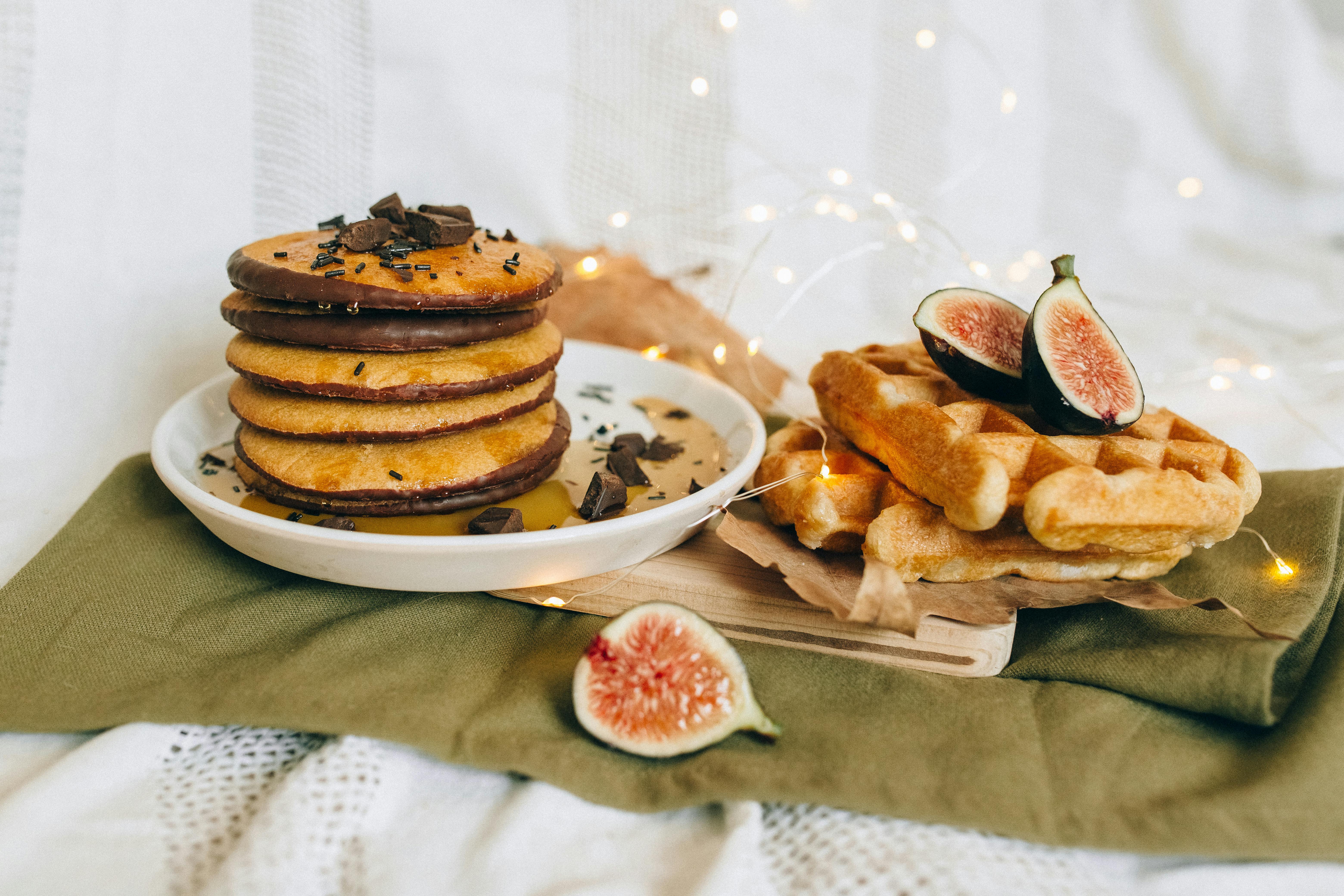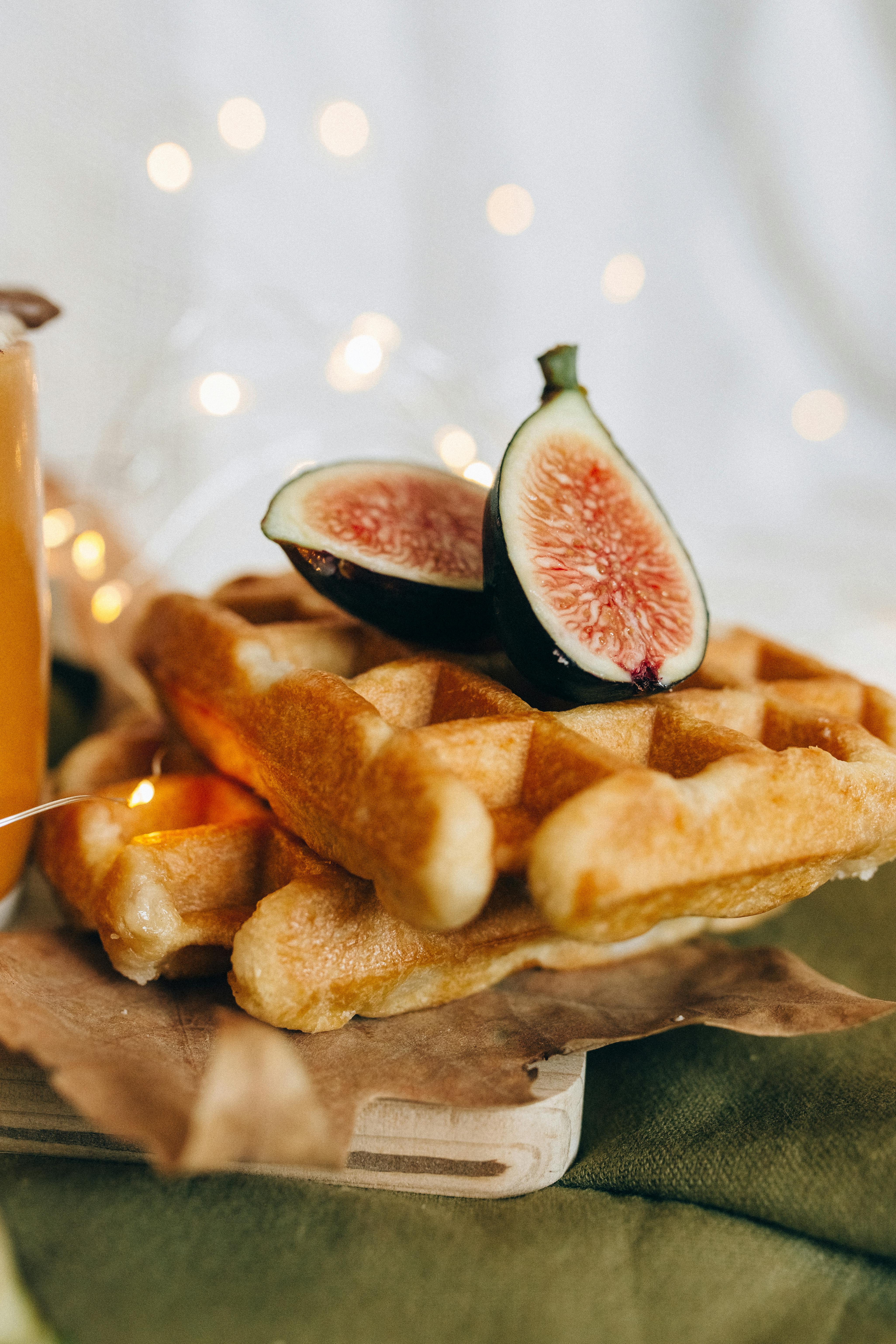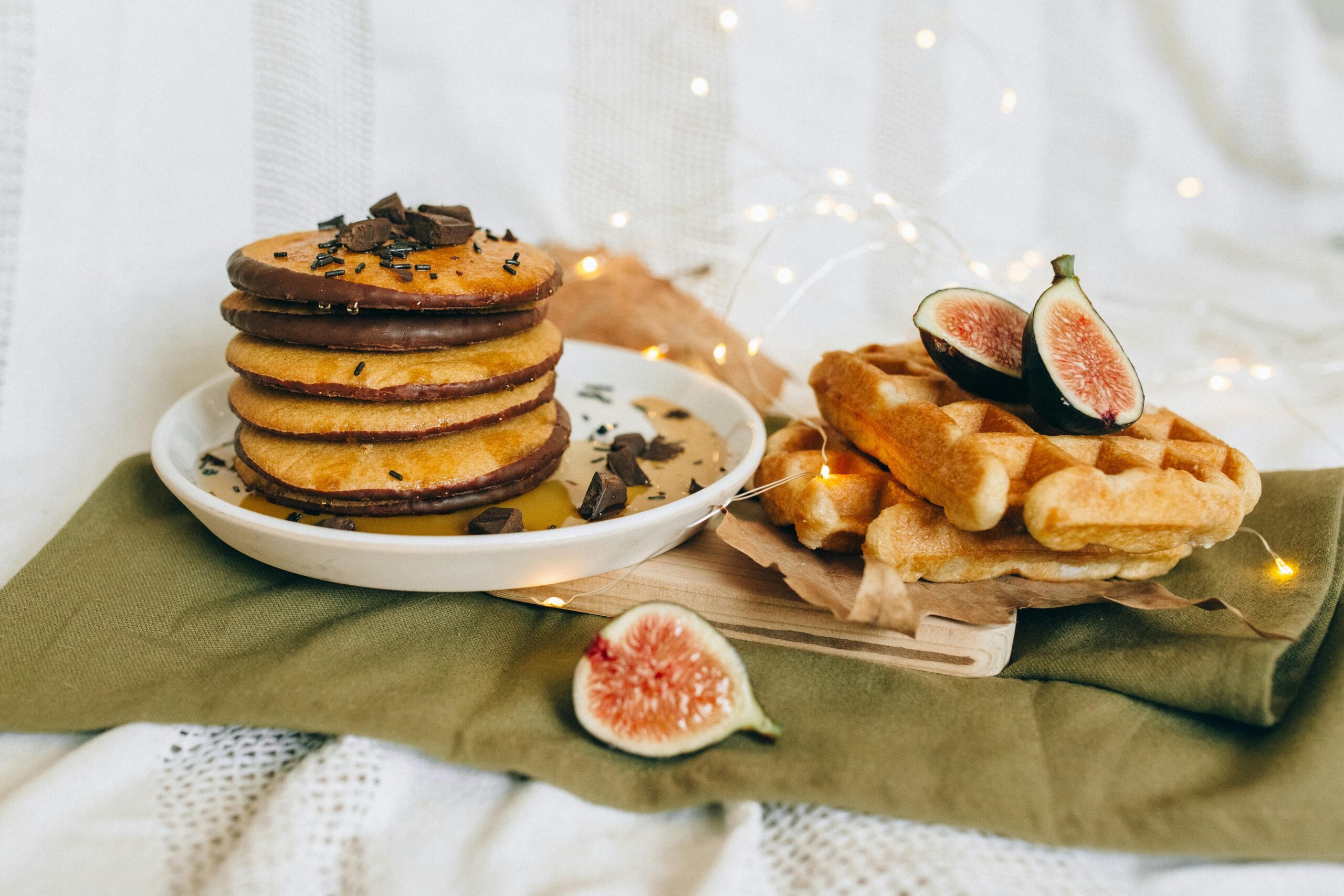Grandma’s New England Coffee Cake Recipe: A Classic Reborn
Few things are as comforting as the aroma of a freshly baked coffee cake, especially when it’s grandma’s New England coffee cake recipe. This classic delight has graced kitchen tables for generations and continues to evoke nostalgia and warmth. In this detailed guide, you’ll explore its rich history, essential techniques, and professional secrets to mastering it from scratch.

Understanding the Fundamentals
Grandma’s New England coffee cake recipe is rooted in American tradition, especially throughout the Northeastern states. Its hallmark lies in the tender, moist crumb and a cinnamon-sugar swirl that’s both comforting and timeless. Knowing its foundation is essential before diving into baking techniques.
Understanding the science behind the ingredients and the story behind the flavors helps ensure that each slice you bake brings the same warmth and authenticity as grandma’s original version.
1.1 The Essence of Coffee Cake
Coffee cake isn’t just a cake you eat with coffee. It’s a buttery, soft cake often layered or topped with cinnamon and sugar. Unlike frosted cakes, it’s typically more rustic and homey. Variants may include streusel toppings, fruit, or nuts, but the core remains the same: comfort in every bite.
Contrary to its name, traditional New England coffee cake does not include coffee as an ingredient. Instead, it’s designed to pair perfectly with a warm cup of it, making it a staple at brunches and morning gatherings.
1.2 The Legacy of New England Baking
New England’s baking traditions are defined by simplicity and heartiness. With colder climates and a history steeped in colonial roots, recipes like grandma’s New England coffee cake recipe emerged from necessity and evolved into comfort staples.
Old cookbooks from the 1800s reference similar recipes, and they have remained largely unchanged—a testament to their quality. These cakes were often shared among neighbors, making them a symbol of hospitality.
Practical Implementation Guide
Now that we’ve explored the roots, it’s time to bring grandma’s New England coffee cake recipe to life. By following clear, actionable steps and understanding potential pitfalls, you can recreate this classic with ease and authenticity.

2.1 Actionable Steps
- Prepare the Base: Cream together 1 cup of unsalted butter and 2 cups of sugar. Add 3 eggs one at a time. Mix in 1 cup of sour cream and 1 teaspoon of vanilla extract.
- Mix the Dry Ingredients: Combine 3 cups all-purpose flour, 1 tablespoon baking powder, ½ teaspoon baking soda, and ½ teaspoon salt.
- Swirl It Right: Make a cinnamon-sugar mix (½ cup brown sugar, 1 tbsp cinnamon). Pour half the batter in a greased pan, add the swirl, then the rest of the batter.
- Bake: Preheat oven to 350°F. Bake for 45–55 minutes. A toothpick should come out clean.
- Cool & Serve: Let it cool before slicing. Serve warm or room temperature for best flavor.
2.2 Overcoming Challenges
While the recipe is simple, some common issues can arise:
- Dry Cake: Use sour cream instead of milk to lock in moisture.
- Dense Texture: Avoid overmixing the batter. Mix just until combined.
- Uneven Swirl: Don’t overspread the cinnamon-sugar layer. Let it settle naturally.
If the cake sinks in the middle, the oven might be too hot or the batter overbeaten. Test your oven temperature using a thermometer to ensure accuracy.
Advanced Applications
Once you’ve mastered the basics of grandma’s New England coffee cake recipe, elevate it with advanced techniques that add depth and texture. These variations maintain the core of the recipe while offering a modern twist.

3.1 Infused Flavors
Infusing the batter with spices like nutmeg or cardamom can enhance the flavor profile. For instance, a ½ teaspoon of nutmeg adds a holiday feel. You can also add apple chunks, blueberries, or even chopped walnuts for a crunchy contrast.
One successful variation adds a thin layer of cream cheese between the batter layers, adding richness and a cheesecake-like twist that complements the cinnamon base.
3.2 Streusel Enhancements
Streusel toppings elevate coffee cake texture. Combine butter, brown sugar, flour, and chopped pecans for a crunchy top. This adds both flavor and a visual appeal, making it perfect for entertaining guests.
Ensure the streusel is crumbly, not pasty. Chilling it for 10 minutes before sprinkling can enhance its crumble structure during baking.
Future Outlook
Traditional recipes like grandma’s New England coffee cake recipe are making a resurgence as people seek comfort and authenticity in their cooking. There’s a growing trend toward baking from scratch and sharing heirloom recipes on social media platforms.
Experts predict the next evolution will involve fusion variations—think matcha-infused streusel or gluten-free almond flour bases. Bakers should remain open to innovation while preserving the essence of the original recipe.
Conclusion
To recap:
- Understand the origins of the coffee cake to appreciate its value.
- Use the right techniques to ensure consistent results.
- Experiment with modern twists while honoring the classic version.
Whether you’re a novice or seasoned baker, grandma’s New England coffee cake recipe offers the perfect blend of tradition and taste. Start baking, and let the aroma of cinnamon and sugar fill your home. Your next slice of joy awaits!
Frequently Asked Questions
- Q: What makes grandma’s New England coffee cake recipe unique? The combination of sour cream, cinnamon-sugar swirl, and moist crumb sets it apart.
- Q: How can I get started baking this cake? Gather the core ingredients, follow the step-by-step guide above, and don’t skip the swirl!
- Q: How long does it take to make the cake? From prep to cooling, it takes about 1.5 to 2 hours.
- Q: What’s the cost of making this at home? Expect to spend $8–$12 depending on your pantry staples and brand of ingredients.
- Q: How does it compare to boxed mixes? Homemade offers richer flavor, customizable textures, and no preservatives.
- Q: Is it hard to make for beginners? Not at all. The steps are straightforward and forgiving, even for new bakers.
- Q: Can this recipe be adapted for gluten-free or vegan diets? Yes. Use gluten-free flour blends or dairy substitutes for sour cream and butter.
